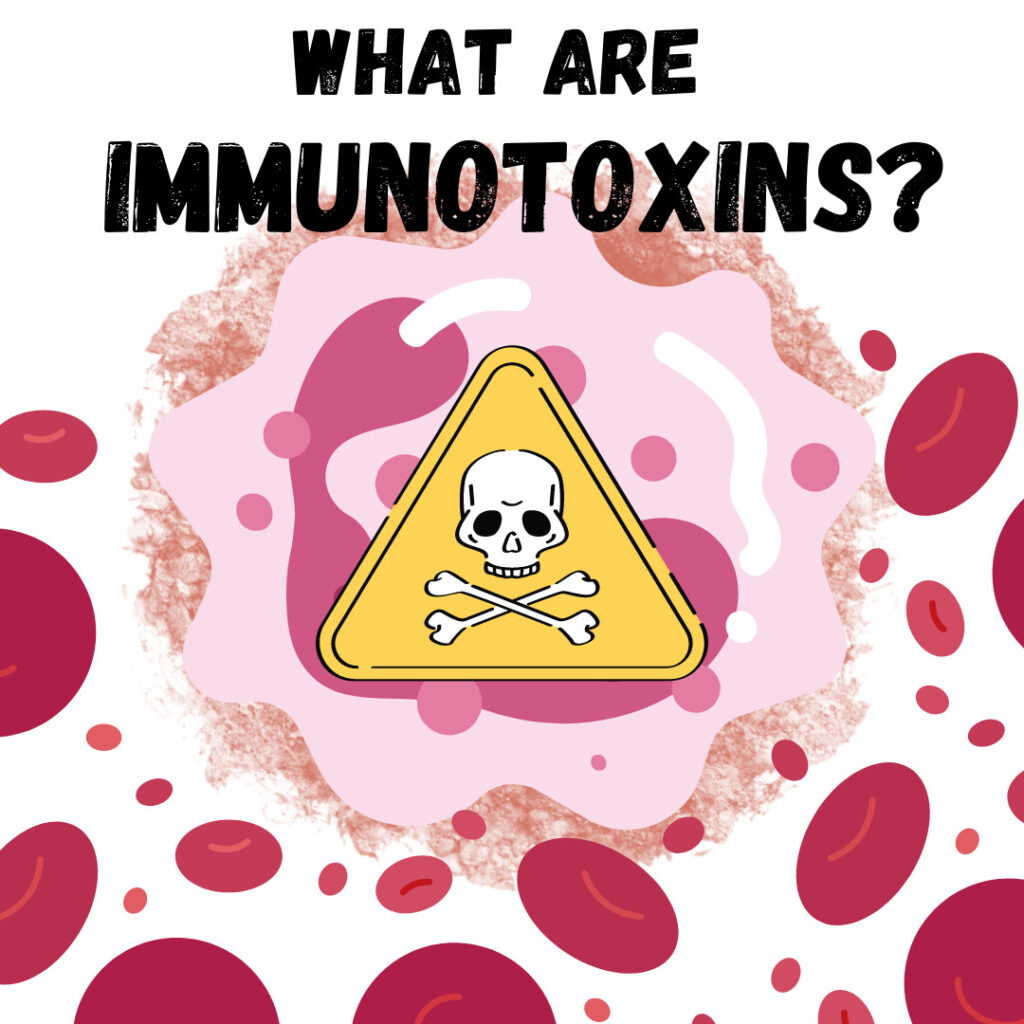Key takeaways: EMT is the process by which epithelial cells become mesenchymal, or migratory and stem cell-like. When epithelial cells migrate, they can become cancerous and invasive. EMT has been established as a contributor to other aggressive cancers, so it makes sense that it would be implicated in the carcinogenesis of mesothelioma and mesothelioma growth. New studies have established the gene signature of mesothelioma-specific EMT, which can be targeted in novel therapies (including gene therapy).

What is the Process of EMT?
“EMT” stands for epithelial-mesenchymal transition, which is a process that usually occurs in fetal development. In this process, epithelial cells (which are the cells covering most of the body’s surfaces, like the skin, organs, and blood vessels) become mobile and invasive, like mesenchymal stem cells. Usually, epithelial cells are tethered to their fellow epithelial cells by way of cellular adhesion; this gives them their barrier-like qualities. This cellular adhesion is facilitated by cellular polarity, which is the tendency of cells to unevenly disperse their organelles and proteins. Cells have complementary shapes, thanks to the phenomenon of cellular polarity. When a signal or protein disrupts this polarity, epithelial cells break free from their anchoring spot; from there, they can migrate around the body and impart a similar disruption in other epithelial tissues (hence, the “mesenchymal” transition).
How does EMT Intersect with Mesothelioma Growth?
In fetal development, EMT allows epithelial cells to act like stem cells, which helps establish different epithelial membranes. EMT is absolutely critical in utero; however, if it’s activated afterwards, then epithelial cells can become cancerous. EMT is known to be implicated in other cancers, so it makes sense to research it in the context of mesothelioma.
Mesothelioma is causally linked to asbestos exposure, but scientists don’t know the mechanisms by which asbestos causes mesothelioma. There are several theories, and the actual process of carcinogenesis has several factors—immunosuppression, genetic mutations, etc. But EMT is now being investigated as a.) a mechanism of carcinogenesis; b.) a way that asbestos is implicated in mesothelioma; and c.) a target for new treatments.
A recent study (2022) investigated the gene signature, or the characteristic expression, of EMT-related genes. The researchers established a panel of EMT genes overexpressed in mesothelioma patients: COL5A2, ITGAV, SPARC and ACTA2. In their discussion, the researchers noted that the expression of EMT genes could contribute to mesothelioma’s resistance to therapy, prognosis, and tendency to metastasize. They also suggested that mesothelioma’s EMT gene signature could be a legitimate target for novel therapies, including gene therapy.
If you or a loved one has been diagnosed with mesothelioma, please call 1 (800)-505-6000 or fill out our form. We are here to help you navigate the legal process of filing a claim to receive compensation for your mesothelioma diagnosis. We help mesothelioma victims and their families in Pennsylvania.
Sources:
https://www.ncbi.nlm.nih.gov/pmc/articles/PMC8770645/
https://www.ncbi.nlm.nih.gov/pmc/articles/PMC3427236/
